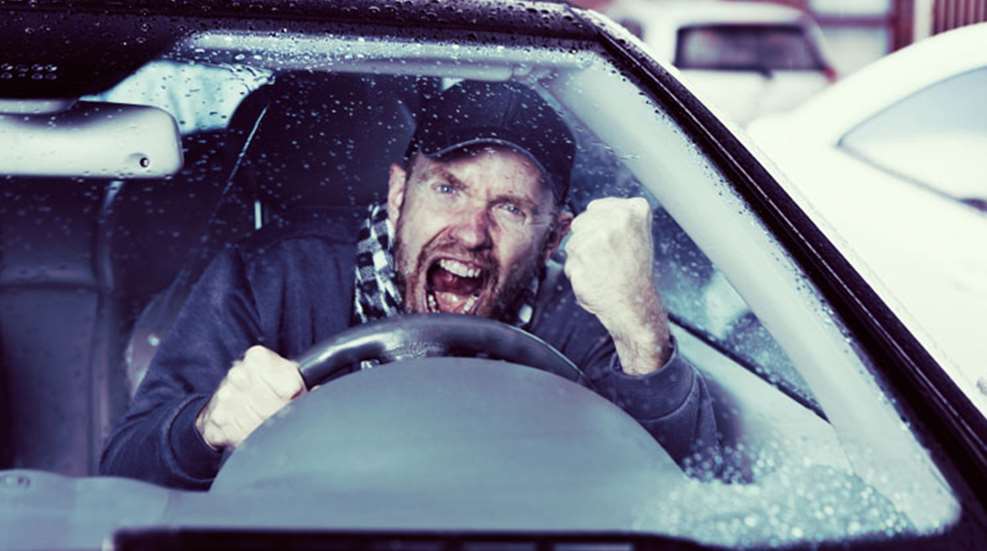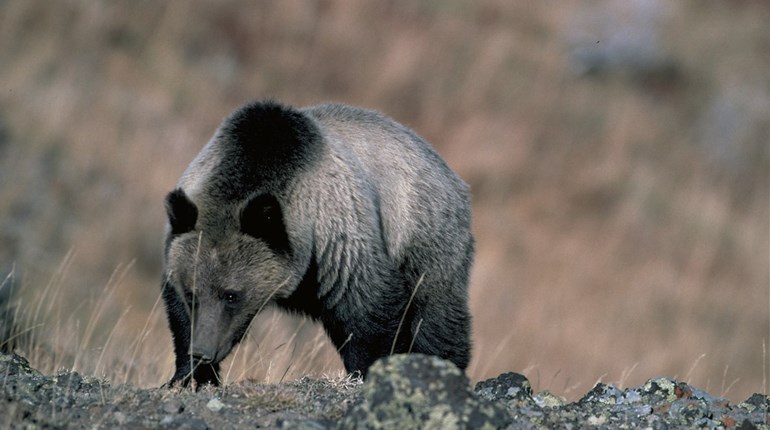
If you think about it, nearly all of us have seen situations where a discussion turns into an argument and the argument quickly turns into a physical attack. It can happen with family members, friends, even total strangers, when a stressful situation occurs. Afterward, we are scratching our heads and wondering how that all happened and what we could have done to keep it from happening.
One of the best ways to deal with this sort of conflict is to not let it get to the point of violence in the first place. In order to do that, a person needs to understand the messages that a person's body language gives off. Violence as a result of a verbal confrontation is nearly always preceded by physical signs on the part of the person about to go into a violent rage. Recognizing those signs gives you a heads-up, often in time to avoid the attack altogether.
A person who is about to go into a rage may exhibit clenched jaw muscles. He may start breathing in short, rapid bursts. He may stare at you with an angry glare and the pupils of his eyes may even contract. You may also notice that he has started to perspire inappropriately. If he has been talking, he may suddenly just stop talking altogether and glare at you.
The hands are another indication of oncoming rage. Clenching of the fists may indicate a desire, or plan, to strike. In that same vein, putting a hand on his head, or the back of his neck, may be a preparatory move to striking. If he keeps putting one hand in a pocket, or on his hip, that may be an indication that he has a weapon there and is thinking of using it.
Accompanying the facial expressions and hand movements, the person may very well shift into a more aggressive stance. The kind of stance that a tennis player uses, or a boxer. He is shifting into a fighting stance because he plans to fight.
Rage may also be indicated by an overall tense behavior and in some cases even shaking. It is certainly indicated by a person speaking sharply through clenched teeth and invading your space. If he moves in close to you, stops talking, and just glares at you, violence may soon occur. Another strong clue is if the person starts kicking or striking objects around him. These are all indications of a person who is about to lose it.
From my years as a peace officer, I can tell you that this is why we have seen police officers suddenly move to handcuff a person who hasn't yet thrown a punch or pulled a weapon. Through their close observation of the suspect, they have seen these outward signs of rage and are making a preemptive move in order to prevent or at least control the violence.
For the citizen, armed or otherwise, the best move is to break off the discussion and walk away if necessary. It may not be your intention to make matters worse, but your very presence may be doing just that. Very few issues have to be resolved right at that moment. Walk away, let tempers cool off, and find a better way to approach a discussion of the issue at a later date.
Here's a scenario: Imagine that you are a witness to a car wreck. The two drivers begin talking and pretty soon one is yelling and waving his arms. Now they are both yelling, waving their arms, and invading each other's space. Suddenly fists are flying. When the police interview you and ask who started it, what can you say with a certainty? On the other hand, imagine the same incident, but only one person starts showing aggression. You see the other person put up his hands in surrender and turn and walk away. Then the first person begins a physical attack. It is much easier to have an opinion about who was trying to avoid trouble and who was in an uncontrolled rage.
Unfortunately, we cannot always walk away from a conflict such as this. Imagine that a person comes onto your property and begins to display irrational anger in such a manner that you and your family may feel threatened. It may be unavoidable that you have to use force to defend yourself and your family. But it is not necessary that you, too, display anger and rage. You can avoid joining the conflict and still, at the same time, be giving serious thought to implementing a defensive plan. Recognizing rage and the possibility of a physical conflict gives you time to consider a plan and response while, at the same time, you are trying to calm the situation and avoid violence.
There have been a number of good books and internet articles written that study the body language of anger in depth. These are very worth reading. In addition, there are ways to calm a conflict and avoid a violent confrontation. One of the best is called Transactional Analysis, and I encourage you to read up on that as well.
Recognizing the body language of anger and rage gives you an indication of what might be about to happen. And it often gives you time to avoid trouble before it ever happens or, at least, prepare yourself for it. The best fight is the one that never happens in the first place.






































